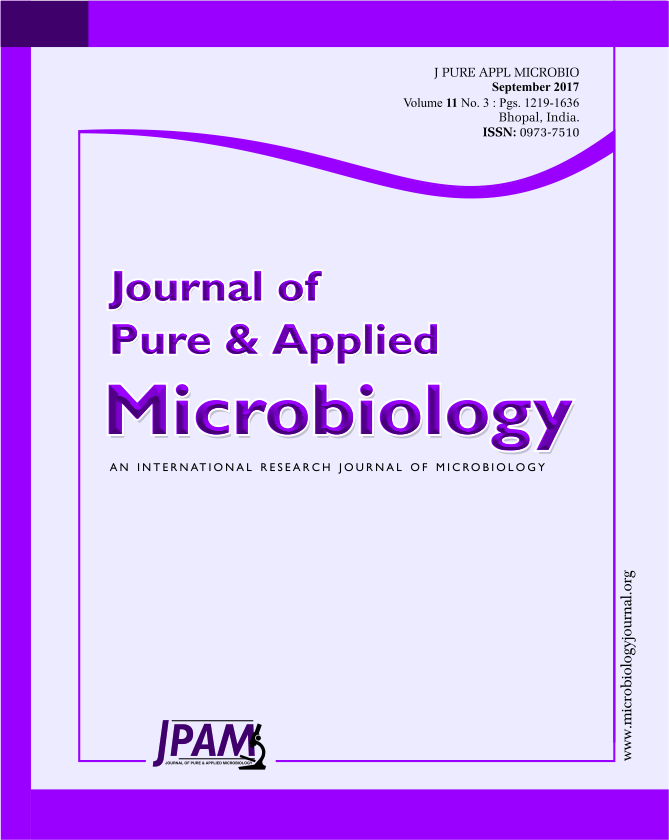Oleoyl-diethanolamide was synthesized through amidification of diethanolamine (DEA) with oleic acid (OA) using immobile lipase as a biocatalyst. Response Surface Methodology (RSM) based on five-level five variable, Central Composite Rotatable Design (CCRD) was developed to study and to optimize the reaction conditions of oleoyl-diethanolamide synthesis under solvent-free system. The influence of the five main variables namely temperature, reaction time, enzyme amount, substrate molar ratio and step of amine added on amide synthesized was analyzed. Results concluded that quadratic polynomial models is in accordance with the data obtained, with the value of R2 is 0.9846. Although the effect of the gradual addition of the amine is not so significant, but it minimize problems of formation of ion pairs amine/fatty acid highly viscous. Oleic acid converted is 61.35% obtained at the optimum conditions 70oC, 24h, enzyme amount 12% (wt/wtOA), three step of amine added and the DEA/OA molar ratio of 7. This is a high ratio of substrate because amine served as a solvent in the reaction. The identity of the oleoyl diethanolamide was confirmed by FTIR. Solvent-free conditions can be used even oleic acid is converted less (61.35%) than synthesis using a solvent (78%).
Alkanolamide, Central Composite Rotatable Design, Response Surface Methodology, Solvent-free, Immobile lipase.
© The Author(s) 2017. Open Access. This article is distributed under the terms of the Creative Commons Attribution 4.0 International License which permits unrestricted use, sharing, distribution, and reproduction in any medium, provided you give appropriate credit to the original author(s) and the source, provide a link to the Creative Commons license, and indicate if changes were made.


